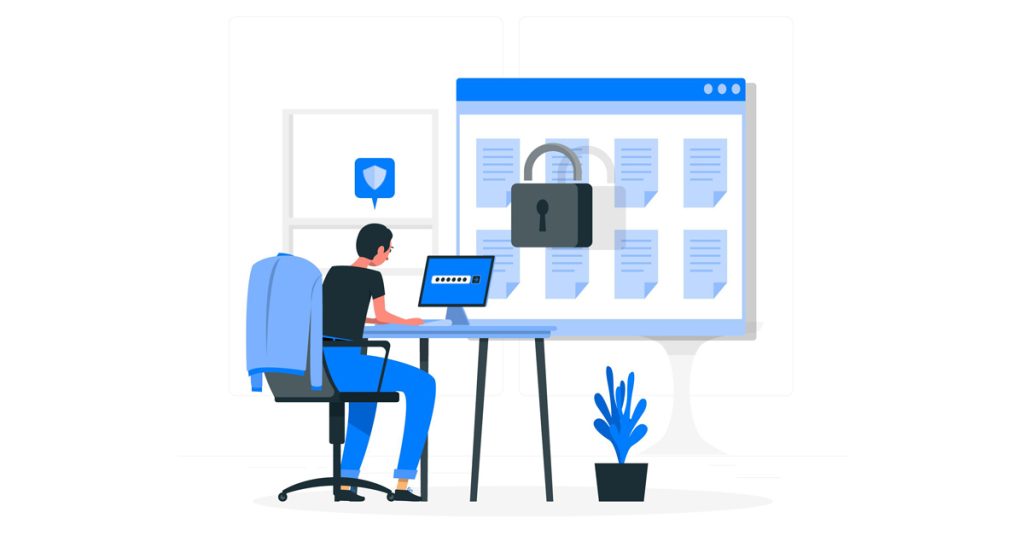To create a secure work environment, organizations need to implement a comprehensive approach that addresses both physical and psychological safety. Here are some of the most effective methods:
Prioritize Employee Training and Education
One of the most crucial steps in creating a secure work environment is to provide thorough and ongoing training for all employees. This should cover:
- Safety protocols and procedures
- Proper use of equipment and personal protective equipment (PPE)
- Emergency response plans
- Hazard recognition and reporting
Regular refresher courses and updates on safety practices help reinforce the importance of workplace security and keep employees informed about any changes.
Implement Robust Physical Security Measures
Physical security is essential for protecting employees, assets, and sensitive information. Key measures include:
- Installing managed access control systems and security cameras
- Using appropriate locks, including fail-safe and fail-secure options depending on the area
- Ensuring proper lighting in all areas, including motion-activated lights for nighttime security
- Designating and marking emergency exits
- Conducting regular inspections and maintenance of the facility and equipment
Foster a Culture of Safety and Open Communication
Creating a secure work environment goes beyond physical measures. It’s crucial to develop a culture where safety is a top priority:
- Encourage open discussions about safety concerns and ideas for improvement
- Implement a system for employees to report potential hazards or security issues
- Regularly conduct safety meetings and toolbox talks
- Recognize and reward employees for their commitment to safety
Establish Clear Policies and Procedures
Develop and communicate clear policies regarding:
- Visitor management and access control
- Data security and confidentiality
- Emergency response procedures
- Reporting of incidents or near-misses
Ensure that all employees understand and follow these policies consistently.
Utilize Technology for Enhanced Security
Leverage technology to improve workplace security:
- Implement a mass notification system for emergencies
- Use AI-powered HR chatbots and pulse surveys for continuous feedback on safety concerns
- Employ cybersecurity measures to protect sensitive data
Promote Employee Well-being
A secure work environment also encompasses psychological safety and employee well-being:
- Implement policies that promote work-life balance
- Provide resources for mental health support
- Create a diverse and inclusive workplace where all employees feel respected
Conduct Regular Risk Assessments
Regularly evaluate potential risks and vulnerabilities in your workplace:
- Perform safety audits and inspections
- Analyze incident reports and near-misses
- Stay informed about emerging security threats in your industry
By implementing these methods, organizations can create a comprehensive approach to workplace security that protects employees, assets, and information while fostering a positive and productive work environment.
